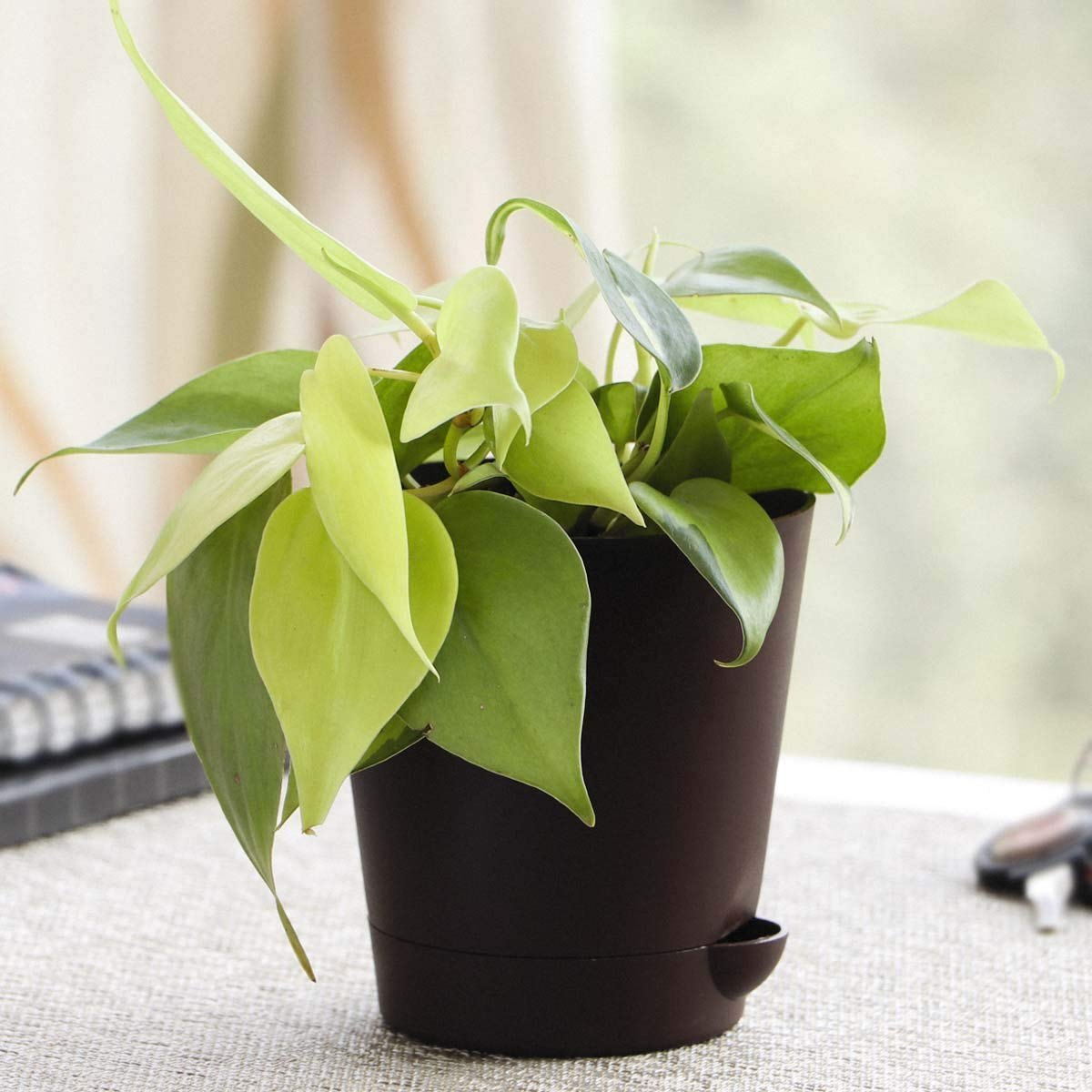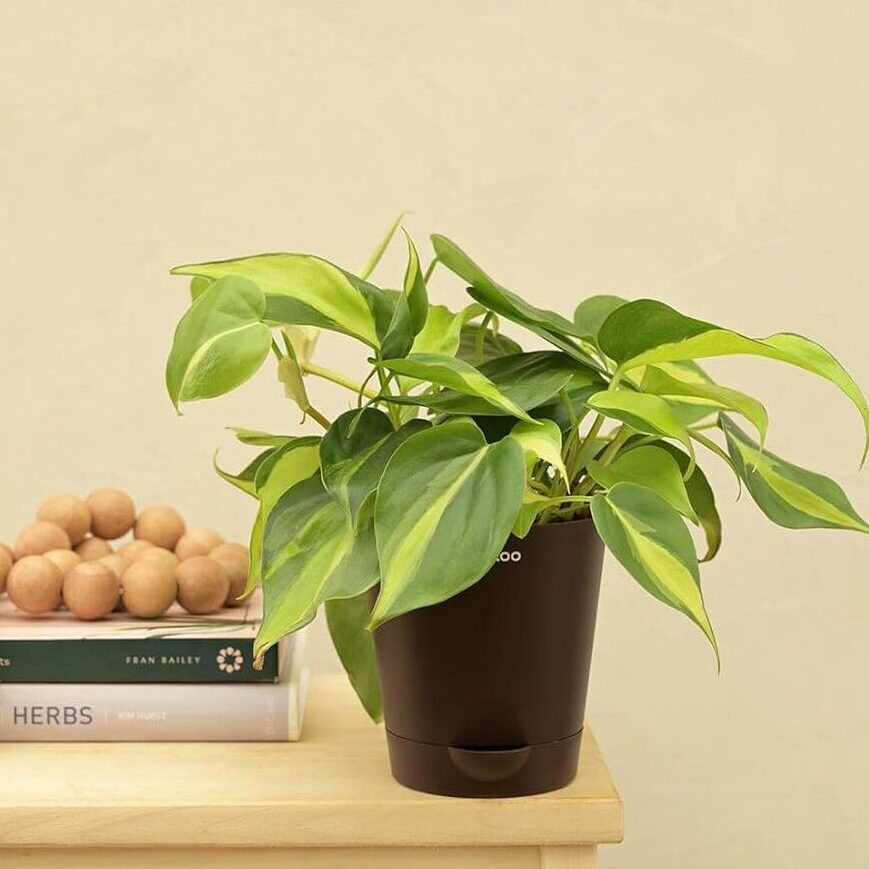Roof2Roots
Shop
Ripple Peperomia Plant
Home Ripple Peperomia Plant




Ripple Peperomia Plant
- The Ripple Peperomia (Peperomia caperata), commonly known as the Emerald Ripple Peperomia or simply Ripple Peperomia, is a and compact houseplant known for its attractive, textured foliage and easy-care nature. Native to the rainforests of Brazil, this plant is a popular choice among plant enthusiasts and is well- suited for both novice and experienced gardeners due to its low- maintenance requirements and unique aesthetic appeal.
Description:
- Scientific Name: Peperomia caperata
- Common Names: Ripple Peperomia, Emerald Ripple Peperomia, Radiator Plant
- Appearance: Ripple Peperomia features heart-shaped, deeply corrugated leaves that are typically dark green, though various cultivars may display shades of red, purple, silver, or variegated patterns. The leaves grow on slender, upright stems and form a bushy rosette. The plant produces slender flower spikes that are pale green to white, which rise above the foliage, but these are not particularly showy.
- Size: This plant is compact, typically growing to about 6-8 inches (15-20 cm) in height and width, making it perfect for small spaces, desktops, or as part of a mixed arrangement.
Share This :
Benefits
Plant Care
Benefits
Benefits and Uses
- Aesthetics: The Ripple Peperomia is prized for its unique, textured foliage and compact growth habit, making it an attractive addition to any indoor plant collection. Its variety of colors and textures add visual interest to any space.
- Low Maintenance: Its hardy nature and adaptability to different light conditions make it an ideal choice for beginners or those looking for an easy-care plant.
- Air Purification: Like other members of the Peperomia family, the Ripple Peperomia can help improve indoor air quality by filtering out toxins and pollutants.
Plant Care
Care Requirements:
1. Light:
- Prefers bright, indirect light but can tolerate lower light conditions. Too much direct sunlight can scorch the leaves, while too little light may cause the plant to become leggy and lose its compact form.
- Ideal placement includes north or east-facing windowsills or under fluorescent lighting, making it a great plant for offices.
2. Watering:
- Water moderately, allowing the top 1-2 inches of soil to dry out between waterings. Overwatering is a common issue and can lead to root rot. Ripple Peperomia prefers slightly drier conditions and should never sit in soggy soil.
- In the growing season (spring and summer), water more frequently, but reduce watering during the dormant season (fall and winter).
- Thrives in average room temperatures between 65-75°F (18-24°C). It should be kept away from cold drafts and temperatures below 50°F (10°C), as it is not frost-tolerant.
- Avoid placing the plant near air conditioning vents or heaters, which can cause temperature fluctuations and stress.
- Prefers moderate to high humidity, typical of its native tropical environment. While it can tolerate average household humidity, it benefits from occasional misting or being placed on a humidity tray, especially in dry indoor climates or during winter.
- Grouping with other plants can also help maintain humidity levels around the plant.
5. Soil:
- Requires well-draining soil. A peat-based potting mix with added perlite or sand works well to ensure good drainage and aeration.
- Avoid compact, heavy soils that retain too much moisture, as they can lead to root rot.
- Fertilize during the growing season (spring and summer) with a balanced, diluted liquid houseplant fertilizer every 4-6 weeks. Avoid over-fertilizing, as this can cause salt buildup in the soil and damage the plant.
- Fertilization is generally not necessary during fall and winter when the plants growth slows down.
7. Propagation:
- Easily propagated through leaf cuttings or division. For leaf cuttings, take a healthy leaf with a bit of the stem attached and place it in water or soil to root.
- Division can be done during repotting by carefully separating the plant into smaller clumps, each with its own roots, and replanting them.
- Leaf Dropping: Often caused by overwatering or underwatering. Adjust the watering schedule and ensure proper drainage.
- Leaf Curling or Wilting: May indicate that the plant is too dry or is exposed to low humidity. Increase humidity levels and ensure consistent watering.
- Pests: Ripple Peperomia is generally pest-resistant but can occasionally attract mealybugs, spider mites, or aphids. Regular inspection and using insecticidal soap or neem oil can help manage infestations.
- Toxicity: Ripple Peperomia is non-toxic to pets (cats and dogs) and humans, making it a safe choice for households with children and animals.
- Growth Habit: This plant remains compact, making it ideal for small pots, terrariums, or as part of a mixed indoor garden. It does not require frequent repotting, as it prefers to be slightly root-bound.
- Pruning: Pruning is generally not required but can be done to remove any dead or yellowing leaves. Pinching back the stems can encourage a bushier growth habit.
Conclusion:
- The Ripple Peperomia (Peperomia caperata) is a versatile, easy-to care-for plant that brings a touch of tropical charm to any indoor space. Its unique foliage and compact size make it an excellent choice for tabletops, shelves, or even office desks, adding a splash of greenery and texture to any setting.
